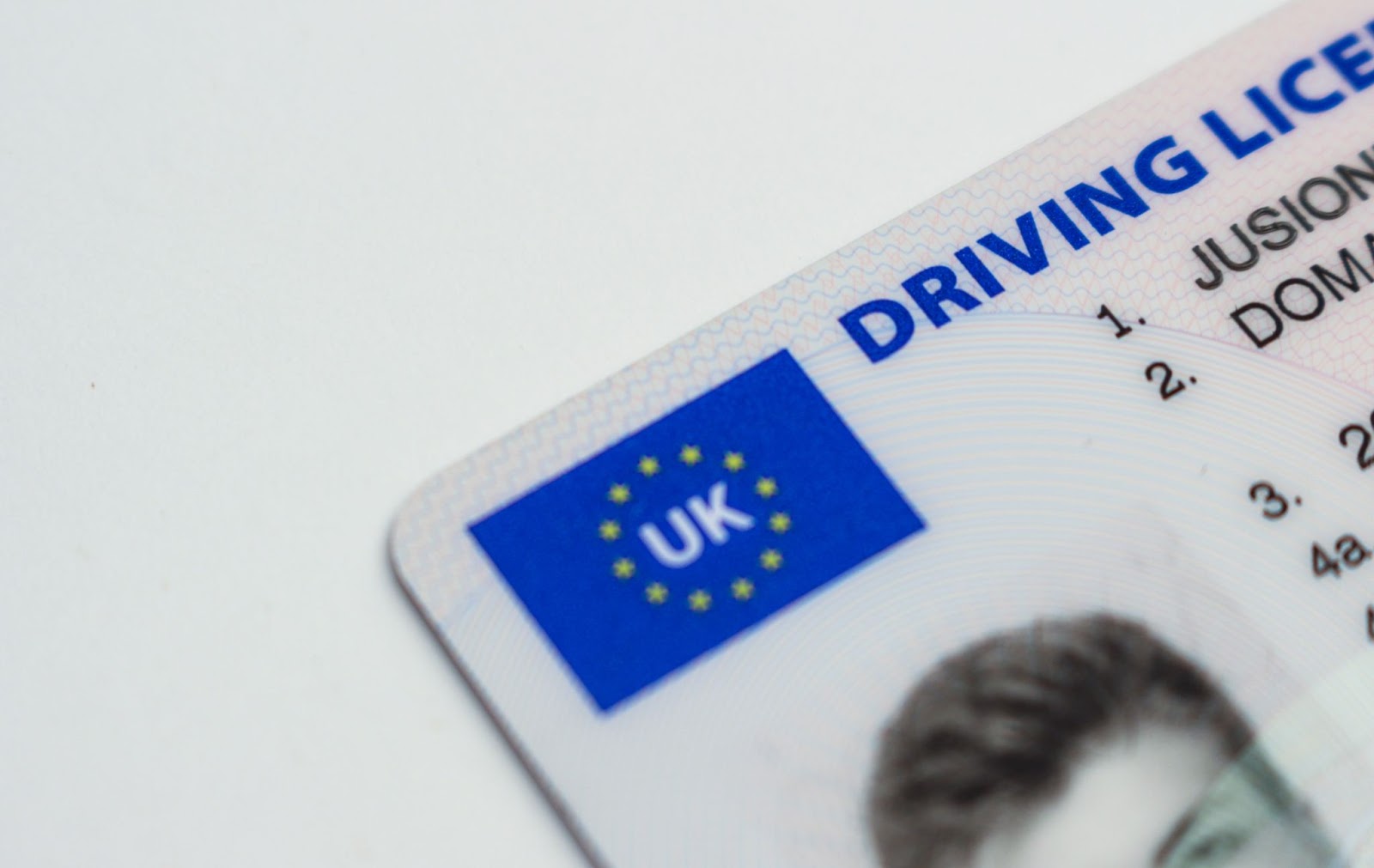If you’re looking to get your motorcycle license in Oklahoma, you’ve come to the right place. In this article, I’ll guide you through the process of obtaining a motorcycle license in the state. Whether you’re a beginner rider or have years of experience on two wheels, it’s important to understand the requirements and steps involved in getting your license.
To legally ride a motorcycle in Oklahoma, you must hold a valid Class M driver’s license. If you already have a regular driver’s license, adding the motorcycle endorsement is relatively straightforward. You’ll need to pass both written and riding skills tests specific to motorcycles. However, if you don’t have any type of driver’s license yet, there are additional requirements and steps to complete before obtaining your motorcycle license.
The Oklahoma Department of Public Safety (DPS) oversees the process of issuing motorcycle licenses. They provide resources such as study guides and practice tests to help you prepare for the exams. Whether it’s learning about road signs and traffic laws or practicing essential riding skills, taking advantage of these resources can greatly increase your chances of success.
Requirements for Obtaining an Oklahoma Motorcycle License
To obtain a motorcycle license in Oklahoma, you must meet certain age requirements. If you are under 16 years old, you are not eligible to apply for a motorcycle license. However, if you are between the ages of 16 and 17, you can apply for a Class M motorcycle learner’s permit. This permit allows you to operate a motorcycle while being supervised by a licensed adult who is at least 21 years old and has held their motorcycle license for at least two years.
Once you turn 18, you can directly apply for a full Class M motorcycle license without needing the learner’s permit. It’s essential to understand the specific age requirements based on your situation before applying for an Oklahoma motorcycle license.
Written Exam
Obtaining an Oklahoma motorcycle license involves passing a written exam that tests your knowledge of traffic laws, safe riding practices, and other important information related to operating a motorcycle. The exam covers topics such as proper signaling techniques, defensive driving strategies, and understanding road signs specific to motorcycles.
Preparing for the written exam is crucial to ensure success. Study the Oklahoma Motorcycle Operator Manual thoroughly as it contains all the necessary information needed to pass the test. Additionally, online practice exams can help familiarize yourself with the format and types of questions typically found on the actual test.
Motorcycle Safety Course
Completing a certified Motorcycle Safety Foundation (MSF) Basic Rider Course (BRC) is another requirement when obtaining an Oklahoma motorcycle license. This course provides invaluable training and instruction aimed at developing safe riding skills and increasing awareness on the road.
The BRC consists of classroom sessions where participants learn about various aspects of motorcycling safety along with hands-on riding exercises conducted in controlled environments. Successful completion of this course not only equips riders with essential skills but also often exempts them from taking both the written and skills tests required by the Department of Public Safety.
It’s worth noting that even though the completion of an MSF course is mandatory, it brings numerous benefits beyond meeting the licensing requirements. It helps riders gain confidence, improve their handling techniques, and enhances overall safety on the road.
- Obtain an Oklahoma Driver’s License: Before applying for a motorcycle license, you must first possess a valid Oklahoma driver’s license. If you don’t have one yet, visit your local Department of Public Safety (DPS) office and apply for a driver’s license.
- Enroll in a Motorcycle Safety Course: It is highly recommended to enroll in a certified motorcycle safety course before applying for your motorcycle license. These courses provide valuable knowledge and hands-on training to enhance your riding skills and ensure your safety on the road.
- Gather Required Documents: To complete the application process, gather the necessary documents such as proof of identity (e.g., birth certificate or passport), Social Security card, proof of residency (e.g., utility bill or lease agreement), and any other documentation specified by the DPS.
- Visit Your Local DPS Office: Once you have all the required documents ready, visit your nearest DPS office during their business hours. Submit your application along with the necessary paperwork, pay the applicable fees, and take any required tests.
- Pass Written and Riding Tests: As part of the application process, you’ll need to pass both written and riding tests administered by the DPS. The written test assesses your knowledge of traffic laws and safe riding practices while the riding test evaluates your ability to maneuver a motorcycle safely on public roads.
- Receive Your Motorcycle License: If you successfully pass all tests and meet all requirements, congratulations! You will be issued an Oklahoma motorcycle license that allows you to legally operate motorcycles on public roads within the state.
